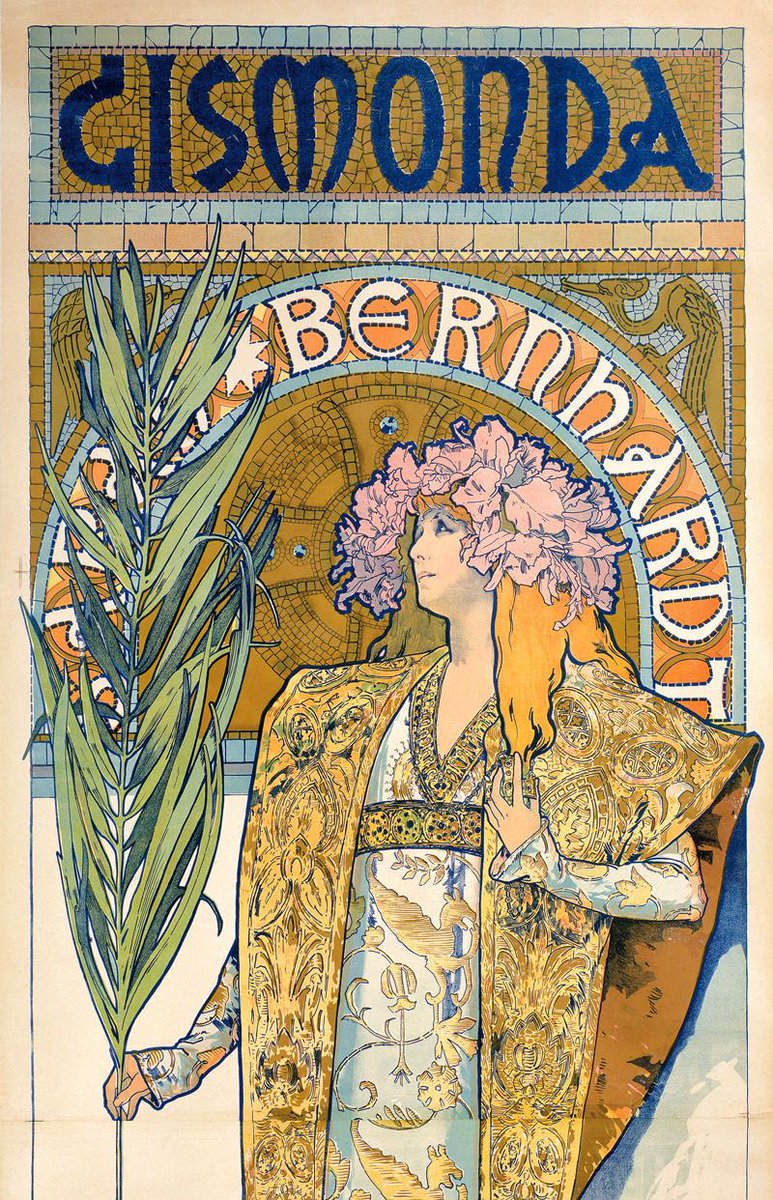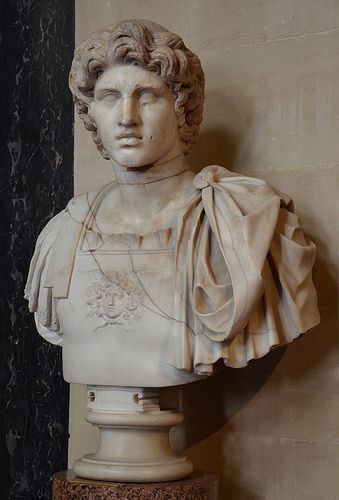World's Most Stunning Opera Houses 🧵
Whether you're captivated by theatrical drama or enchanted by opera's melodies, this thread is for you!
Whether you're captivated by theatrical drama or enchanted by opera's melodies, this thread is for you!

2. Hungarian State Opera House, Budapest, 1884
4. La Fenice, Venice
Built in 1792 (reconstructed after fires) and designed by Gian Antonio Selva, it is named after the mythical bird.
Built in 1792 (reconstructed after fires) and designed by Gian Antonio Selva, it is named after the mythical bird.
6. Palais Garnier, Paris, 1875
8. Semperoper, Dresden, built in 1841 (reconstructed after World War II)
11. La Scala, Milan, 1778
13. Margravial Opera House, Germany
Built between 1745–1750, it is one of Europe’s few surviving theaters of the period. It has been extensively restored and is on the UNESCO World Heritage List.
Built between 1745–1750, it is one of Europe’s few surviving theaters of the period. It has been extensively restored and is on the UNESCO World Heritage List.
14. Teatro Regio di Parma, Italy
Verdi's hometown gem, where the maestro premiered some of his greatest works, was built in 1829.
Verdi's hometown gem, where the maestro premiered some of his greatest works, was built in 1829.

15. The Vienna State Opera House, Austria
16. Royal Swedish Opera, Stockholm
Constructed in 1773 and reconstructed in 1892, this iconic opera house seamlessly blends neoclassical and rococo styles.
Constructed in 1773 and reconstructed in 1892, this iconic opera house seamlessly blends neoclassical and rococo styles.

17. Palau de la Musica Catalana, Barcelona
Designed in the Catalan Modernista style, it was built between 1905-08 for the Orfeó Català, a choral society founded in 1891.
Designed in the Catalan Modernista style, it was built between 1905-08 for the Orfeó Català, a choral society founded in 1891.

19. Teatro di San Carlo in Naples is the oldest continuously operating opera house in the world. Built in 1737, this historic venue has witnessed the triumphs of legendary composers such as Rossini and Bellini.
• • •
Missing some Tweet in this thread? You can try to
force a refresh






























